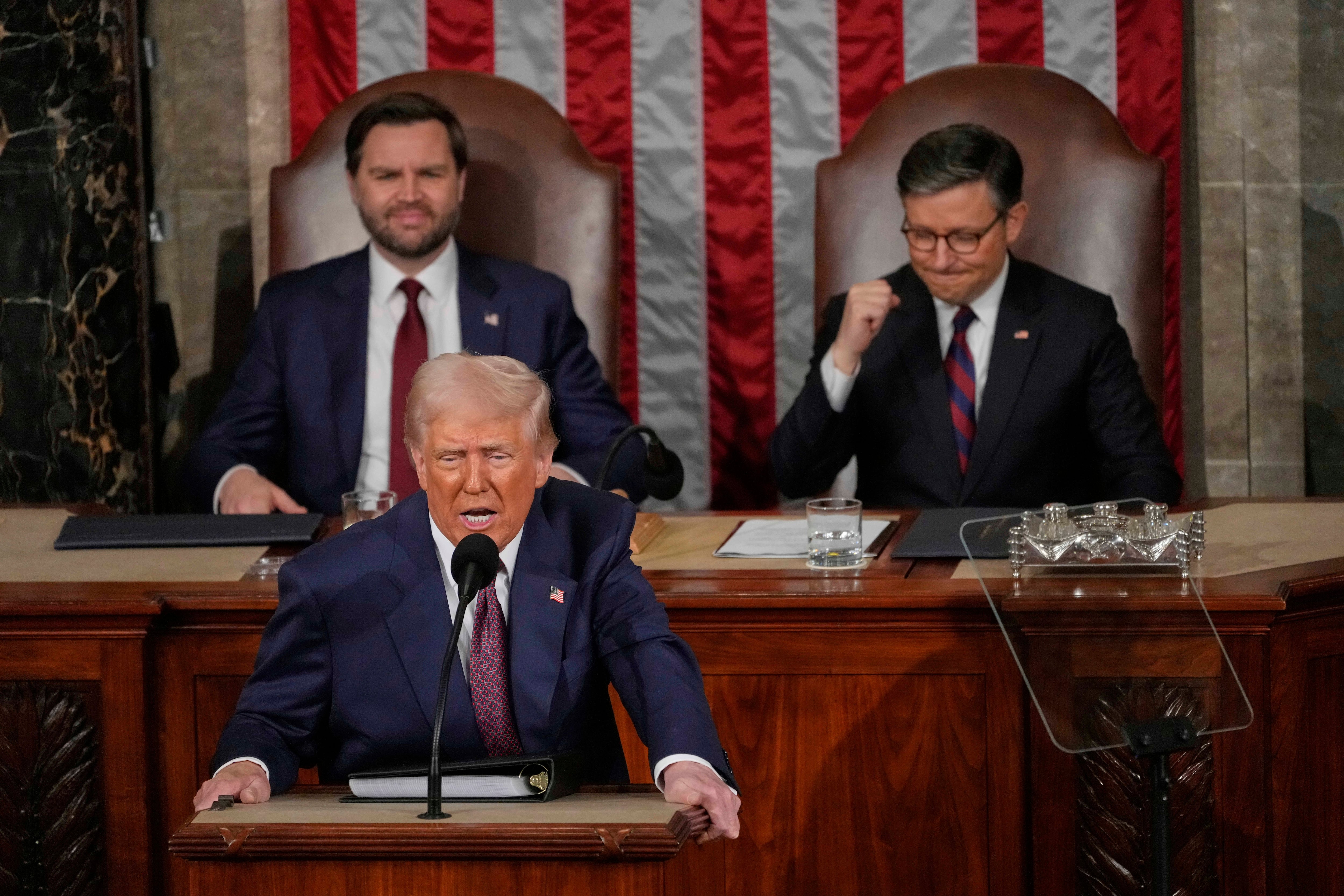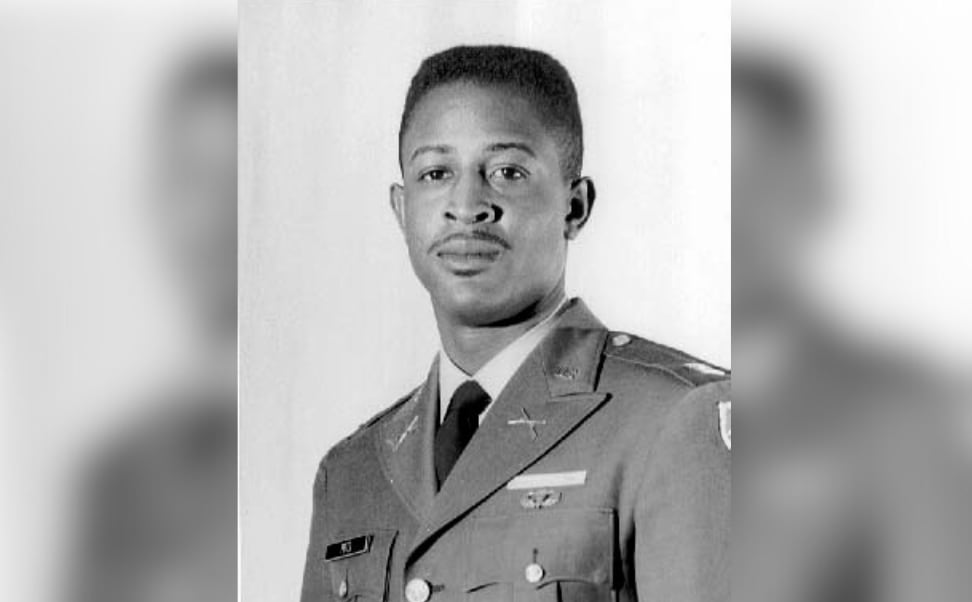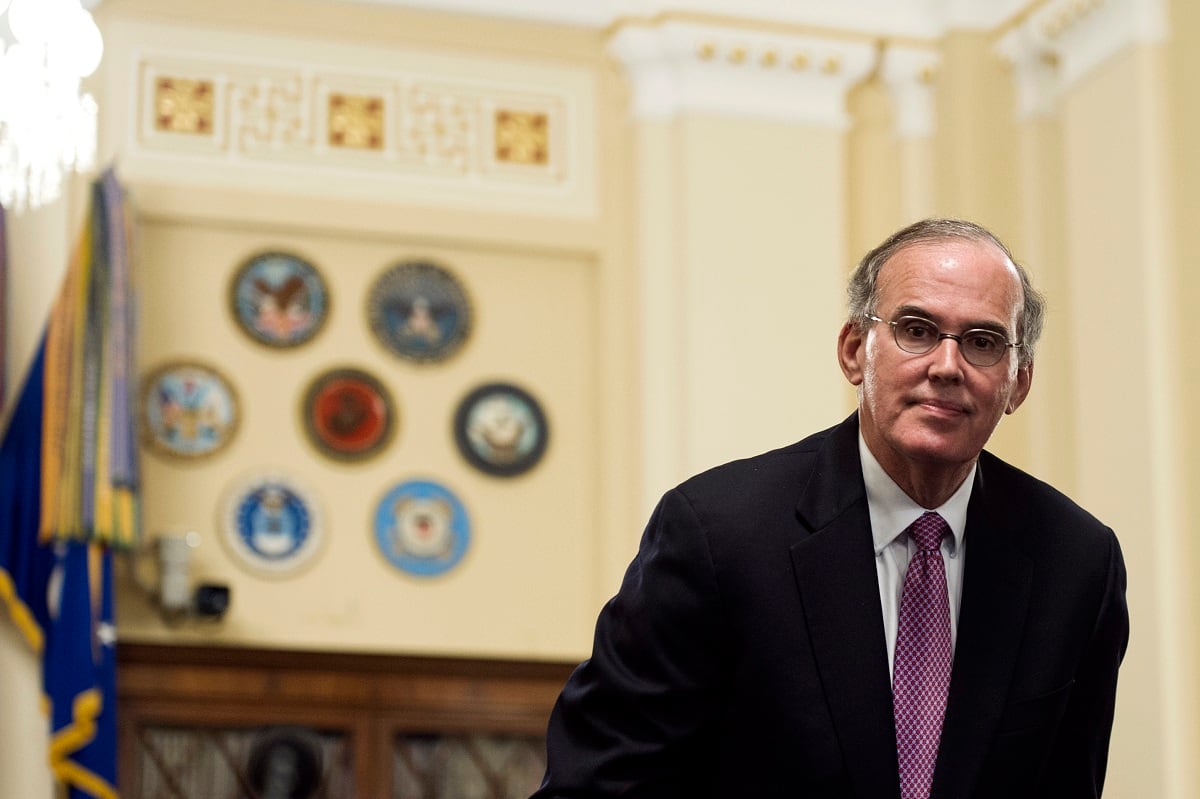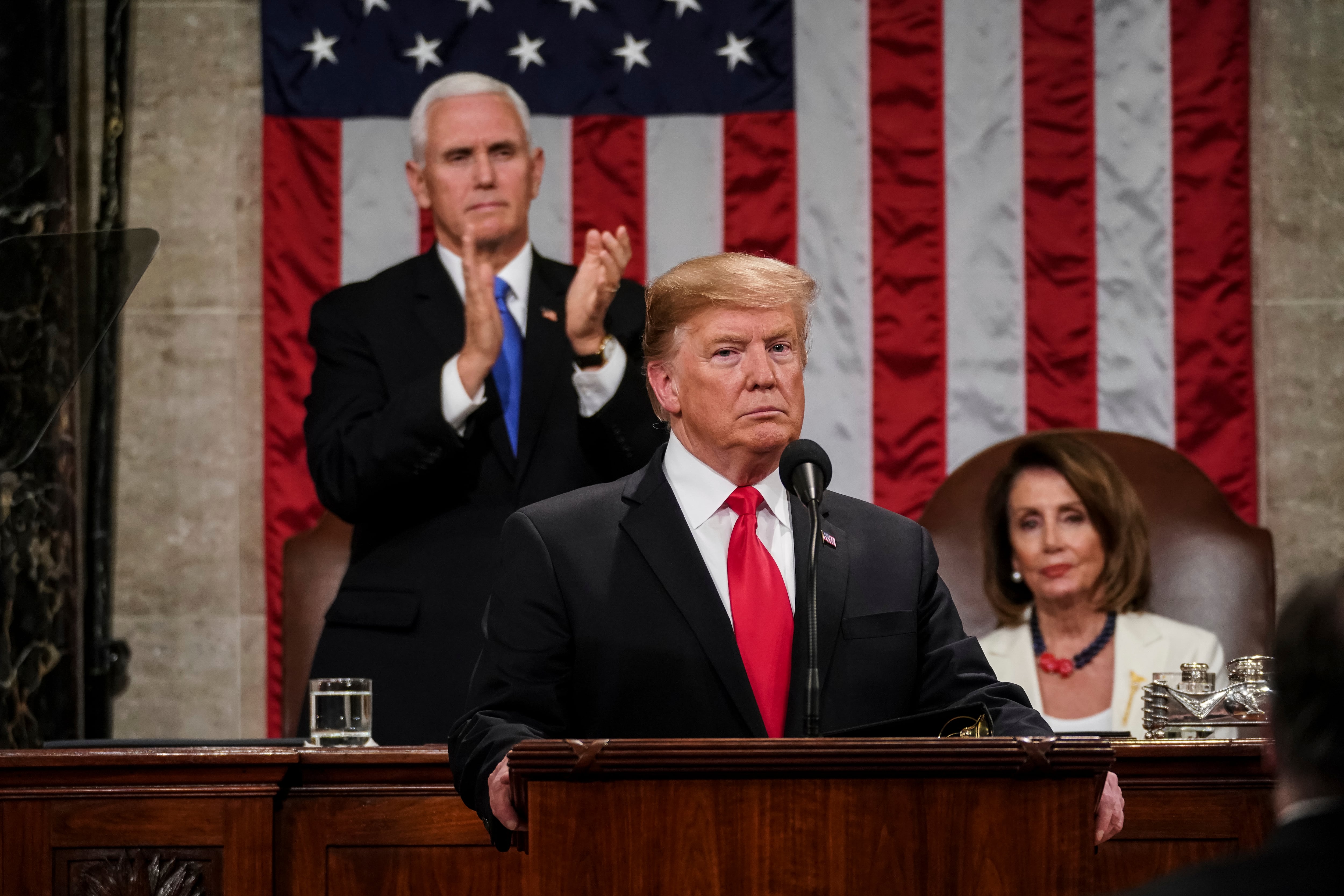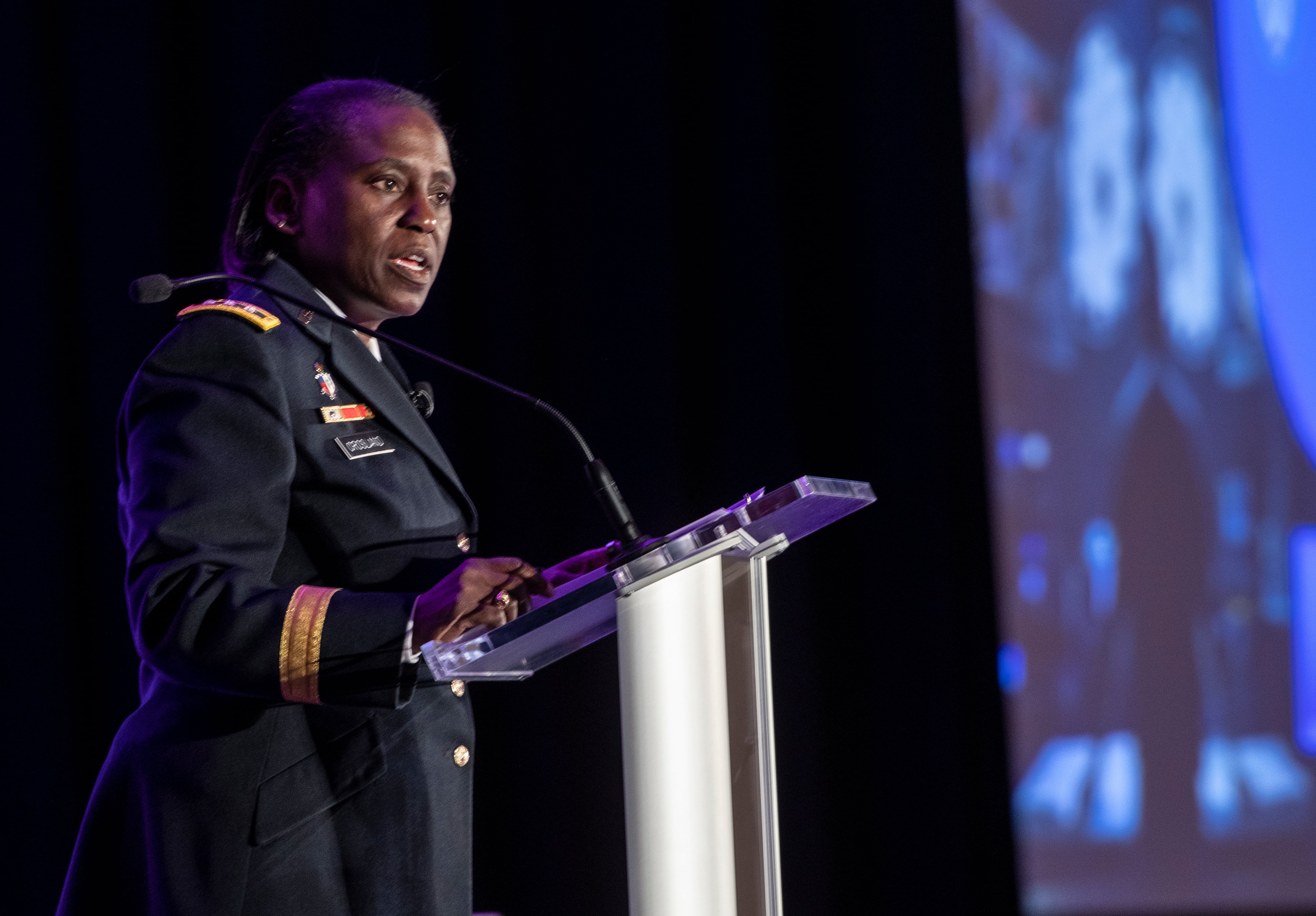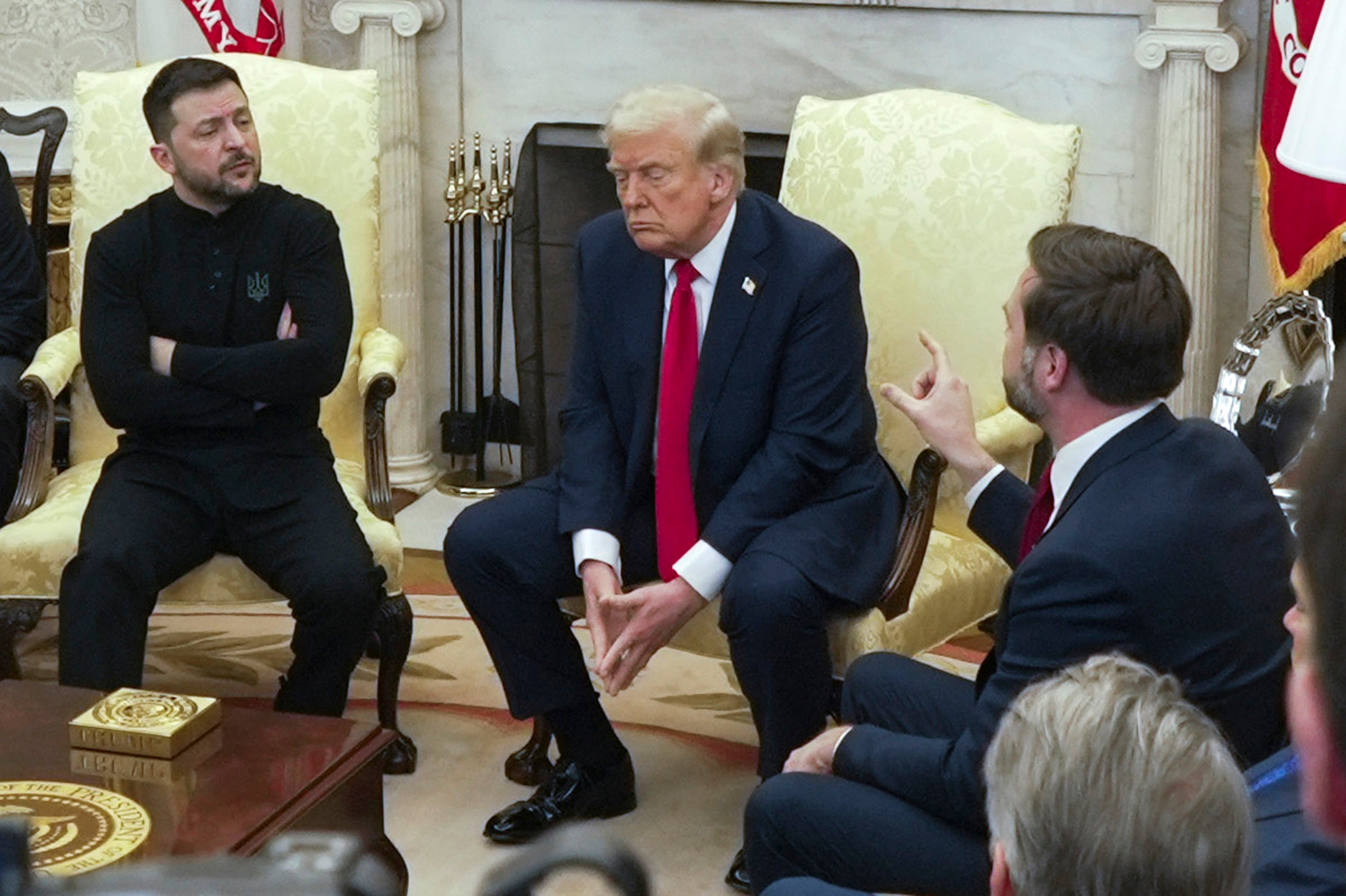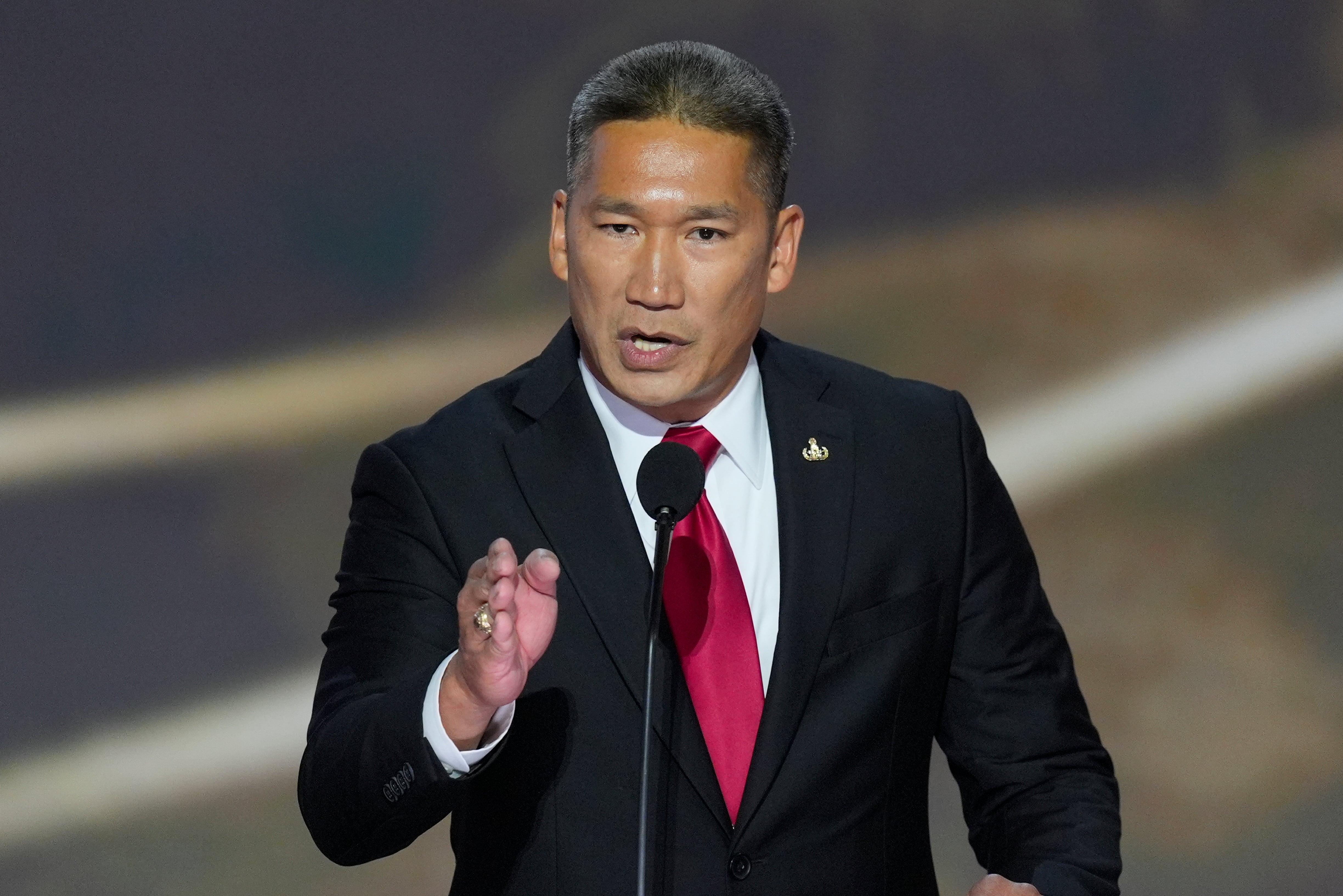Airmen battle the odds on the ground and from the sky during furious Afghanistan fight
The mission in Boz Kandahari, Afghanistan, felt off from the start.
“Right off the bat, things were kind of wonky that night,” said Staff Sgt. Richard Hunter, a combat controller who was attached to a team of 12 Army Special Forces soldiers and 43 Afghan Army commandos for the Nov. 2, 2016, mission.
The team was sent to capture or kill Taliban leaders in the middle of the night in the Kunduz Province village ― a fairly standard mission, Hunter said.
But by the time the team left at about 7 that morning, they had fought through a series of intense ambushes and firefights. In the air above them were AH-64 Apache helicopters and Spooky 43 ― an AC-130U gunship whose crew fought furiously through smoke and malfunctioning and overheating weapons to keep the men on the ground safe for hours.
According to the official account, two U.S. soldiers and three Afghans were killed, and four U.S. soldiers and 11 Afghans were wounded, although Hunter said it was more like 23 in all who were killed or wounded.
A military investigation also concluded in January that 33 civilians were killed during the battle, but that U.S. forces acted in self-defense. They were cleared of wrongdoing.
For his actions that day, Hunter has been nominated for the Air Force Cross – an award second only to the Medal of Honor. Five members of the Spooky 43 crew have been nominated for the Distinguished Flying Cross with Valor, and the remaining nine have been submitted for Air Medals with Valor.
The 15 airmen were among dozens honored by Air Force Secretary Heather Wilson and Chief of Staff Gen. Dave Goldfein at a “Portraits in Courage” ceremony at the Air Force Memorial in Arlington, Virginia.
Portraits in Courage is an annual Air Force publication that salutes multiple airmen for a wide variety of heroic acts. The 2017 edition highlights 22 individual airmen or teams of airmen who displayed bravery in war, in their community, or in triumphing over adversity.
It highlights Capt. Jamie Lemieux, whose B-52H crew saved an Iraqi special forces team and two CNN journalists embedded with them from an advancing ISIS squad.
Portraits in Courage also saluted Lt. Col. William Schroeder, the late commander of the 42nd Training Squadron at Joint Base San Antonio-Lackland, who gave his life fighting an armed and dangerous pararescue student.
And it honored Tech. Sgt. Robin Hopkins, a security forces Air National Guardsman whose was shot by a car thief, shattering her left hip, destroying her main artery, and severely damaging two femoral arteries. After a long recovery, 20 months after her injury, Hopkins passed her physical fitness test and qualified to remain with the 150th Security Forces Squadron.
‘THAT KIND OF NIGHT’
In an Aug. 4 interview at the Pentagon, Hunter and four members of Spooky 43 described the intense series of events that pushed them and their aircraft to the limit as they tried to make sure they and their comrades came home.
When the helicopters dropped Hunter and his team off about a mile east of the village, he said, they realized the field was flooded. Maybe the Taliban knew they were coming, he said, or maybe it was standard irrigation, they never found out.
The field was so swamped that the helicopter sank about three feet into the mud, to the point where the back ramp couldn’t open and the team had to crawl out of a small hatch in the back and roll out.
“It was that kind of night,” Hunter said.
The team moved towards the village and worked their way around a “steep wall, almost fortress-like.” They immediately made contact with the Taliban, Hunter said.
Spooky 43 saw insurgents ahead of the team on the ground, poking their heads out of a door and firing at them. Hunter coordinated a few strikes on those fighters with the gunship and the Apaches, said Maj. Aaron Hall, the gunship’s fire control officer. Some were close enough that Hunter felt the dirt kicked up from the blast ― but he’d have even closer encounters with the gunship’s ordnance before the night was done.
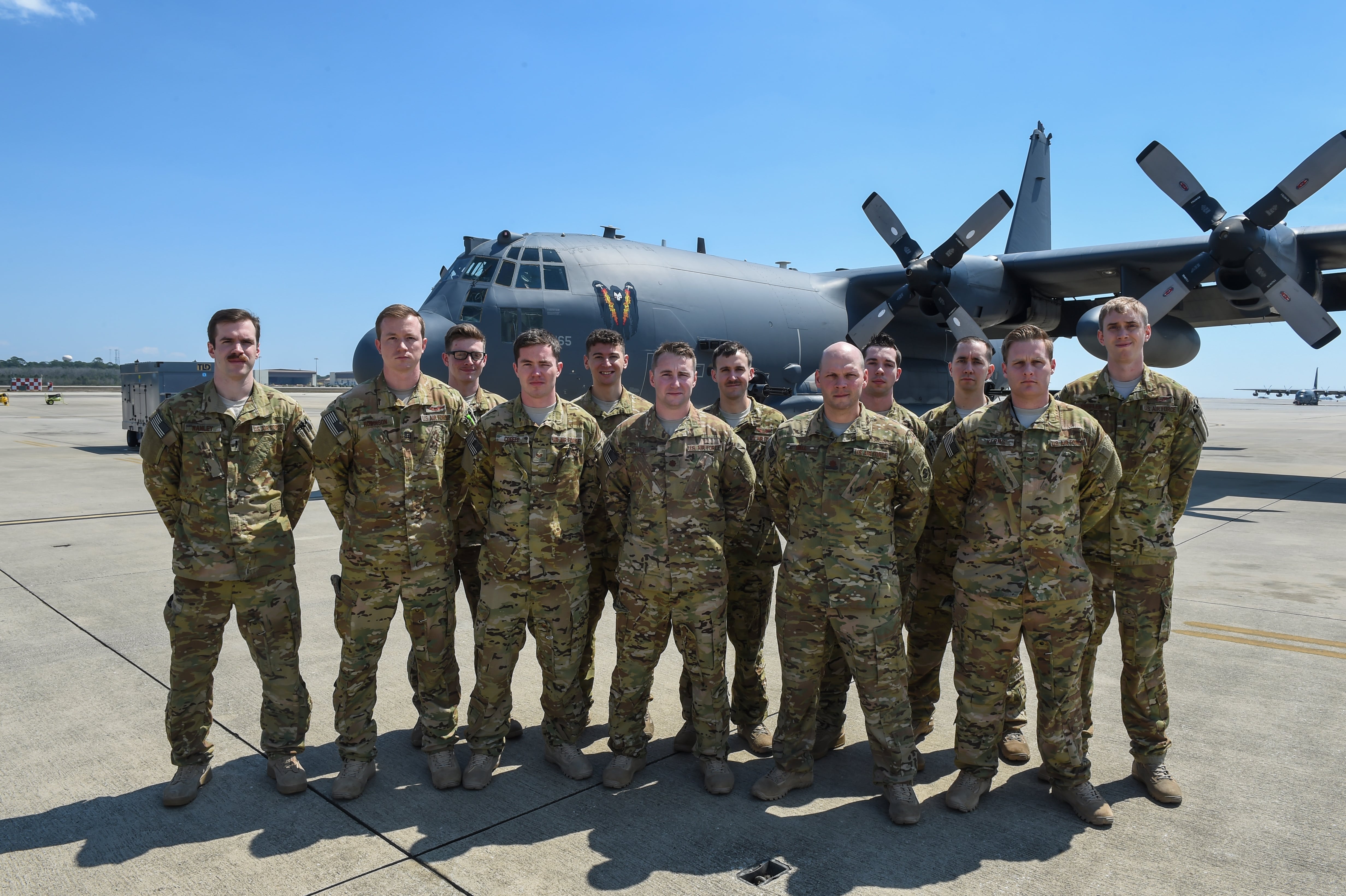
About four hours after they landed, a dust storm began rolling in from the west, forcing the team to skip to its final objective and try to get out hours earlier than planned.
They moved through a narrow alleyway, Hunter said, with multiple two-story buildings on either side with a “perfect line of sight down into this alleyway.”
Then the team ran into a 12-foot-tall metal gate that surveillance didn’t see earlier ― someone had apparently locked it after the noise of the initial firefight. The gunship was watching “nefarious activity” on the other side of the gate ― insurgents milling around, scoping out the Special Forces team, and running back to the other side of a building.
The team was bottlenecked in ― and at that point, the ambush was sprung.
THE FATAL FUNNEL
One of the insurgents flung a grenade over the gate. The team heard a thud, Hunter said, and had maybe a second and a half to turn and see what it was before it exploded. Gunfire erupted from all around them — they were engulfed in a 360-degree firefight, taking machine gun fire and grenades thrown over the walls, layup-style, from all sides, injuring four.
They had to get out of “the fatal funnel,” as Hunter called it. While shielding the wounded with his own body, Hunter started calling in the insurgents’ fighting positions to the gunship, which then started targeting them with Spooky’s massive 105mm Howitzer.
They were leapfrogging, Hall said ― targeting insurgents as the team pulled back, and shooting so continuously that the cannon began overheating. The gunners sounded the alarm ― if the 105mm kept exceeding its cooling limitations, it risked detonating the ammunition loaded inside, destroying the entire plane. So the gunner began holding each shell in his hand until right before they were ready to engage, shoving it in and immediately firing before it had a chance to cook off.
Spooky’s actions gave the team on the ground a chance to find cover from the nonstop fire. The smoke was so thick that the team was moving blind through the village, guided by directions the aircraft were relaying to Hunter.
“I could see about four feet in front of me,” Hunter said.
They advanced on one compound, but an insurgent “basically dumps an entire mag through the door as we’re stacked up on the outside,” fatally shooting his captain in the belly, Hunter said. They instead moved to another compound across the street, which they could tell was empty.
Spooky 43 was also steadily firing its 40mm cannon alongside the 105mm on insurgents fighting from the buildings, as well as running from tree lines ― but then the 40mm started to suffer multiple malfunctions.
“It was shooting a little weird, and then I heard it ― you can hear it shoot and then nothing comes out,” said Staff Sgt. Cody Flora, the special missions aviator who was manning the 40mm.
In about two or three seconds, Flora opened up the gun and diagnosed the problem, and then got the pilot’s permission to manually fire the round after coordinating with the sensor operator. The problem kept happening about half a dozen times or so that night.
Flora pulled off an extraordinarily dangerous feat, said Maj. Alexander Hill, the aircraft commander.
Both the 40mm and the 105mm put tremendous strain on the air frame every time they fire, and the airplane’s computers factor in a delay to make sure they don’t go off at the same time. If they did both shoot at once, the force of both massive explosions could cause “catastrophic damage” and rip the plane apart. He made sure to time it so the detonations didn’t happen simultaneously.
GETTING HELP
After team members seized the compound, Hunter said he heard some commotion from outside that sounded like pleas for help. He looked over the wall and saw two teammates outside, pinned down and exposed.
One of them ― the assistant team leader for the Special Forces team ― had been shot six times. The other teammate was too busy shooting back at the enemy to save the wounded team warrant officer, so Hunter and another teammate ran out to bring him back.
Hunter grabbed the wounded soldier by his shoulder strap and began dragging him 30 meters to safety, all while radioing in more airstrikes to Spooky 43. That soldier survived and is now recovering at Walter Reed, Hunter said.
“We had to get him in there,” Hunter said. “He was going to die out there if we didn’t get him in there.”
Hunter then alerted Spooky 43 that they were taking fire from the east and the enemy was closing in.
Typically, the Spooky shoots the 105mm fragmentation airburst round in open terrain, hundreds of meters away from friendly forces. But that night, it fired a shell that cut down the Taliban about 9 or 10 meters from the ground team ― and knocked Hunter “stupid for about 30 seconds.”
“If white had a taste ― that’s what [the detonation] was” like, Hunter said. “It was super-loud, super-bright, super-violent immediately. And the ground hit me. Like, I was laying on the ground, and I got lifted up off the ground, and then” ― Hunter clapped his hands ― “the shock wave of the ground hit me. It was amazing.”
Hall said Hunter had his microphone keyed the whole time, and the gunship heard the overpowering detonation in the background.
“My noggin was pretty rattled, as you may imagine, so I went deaf for a little bit and kind of numb all over,” Hunter said. “I had no idea what just happened. That was like the fifth or sixth explosion within 10 meters of me that night that I had taken, so I was pretty tweaked out.”
It was an amazing shot, Hall said ― a 35-pound, unguided bullet that traveled over two miles through winds and hit right on target.
“That’s how good our sensor operators were that night,” Hall said.
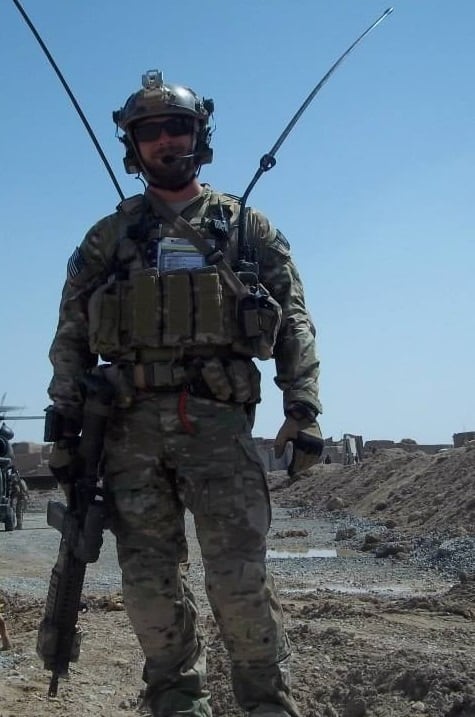
‘EVERYTHING WAS ON FIRE’
Once the team on the ground took the compound, Hall said, the fire never stopped. They dragged three dead or dying teammates inside, as well as several others who were so badly wounded they couldn’t walk, and set up a casualty collection point.
“Picture this: A group of about 50 people, with [about] 50 percent of them attritted to injuries, and half of them not able to walk,” Hunter said. “So what are the other half doing? Dragging, carrying bodies. That’s what we were doing with them as we were bounding up this alleyway.”
They hunkered down and the gunship and the Apaches set up “a 360-degree field of death” between the team and the enemy, Hunter said. For the next few hours, he said, “if it moved, it died.”
Hill said that the heated engagements set off one secondary explosion after another, and the fires were raging so hard that his night-vision goggles were getting washed out.
When Spooky 43 was out of 105s, it began marking structures with the 40mm for the Apaches to hit with their Hellfire missiles, Hill said. The Hellfires were hitting so close to the team that the tail debris from one ripped into the compound, hit the wall two feet in front of Hunter ― “almost took my head off,” he said ― and ricocheted into the middle of the building, spinning on the ground as it came to rest.
Eventually, another gunship arrived, as did the quick reaction force Hunter had called.
“They basically showed up and everything was on fire,” Hunter said.
At about 5 a.m., Hunter and his team left the compound and made their way to an open field to be evacuated via helicopter ― but got ambushed yet again. As he helped load the wounded into the helicopters, Hunter continued to direct airstrikes to protect them and take out the enemy.
Their fight ended at about 7 a.m.
By the time the battle was over, Hunter had controlled 31 danger-close engagements with the gunships and the Apaches that killed 27 enemy forces. The National Aeronautic Association awarded Spooky 43 the Mackay Trophy for the Air Force’s most meritorious flight of the year.
When Hunter looks back on that night, he said he remembers being scared ― but never fearful.
“I had these dudes [Spooky 43] overhead, and never at one point was I worried about my team getting annihilated, because these guys were overhead,” Hunter said. “I learned that dudes got your back, no matter what. We found out how much we care about each other, because we got real down and dirty, and we figured a lot of stuff out about a lot of people.”
Stephen Losey is the air warfare reporter for Defense News. He previously covered leadership and personnel issues at Air Force Times, and the Pentagon, special operations and air warfare at Military.com. He has traveled to the Middle East to cover U.S. Air Force operations.


